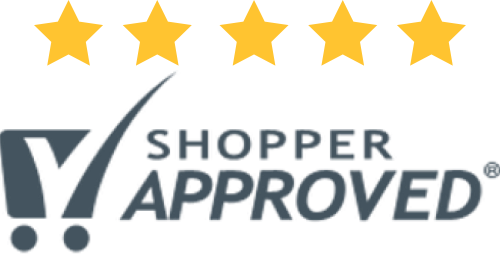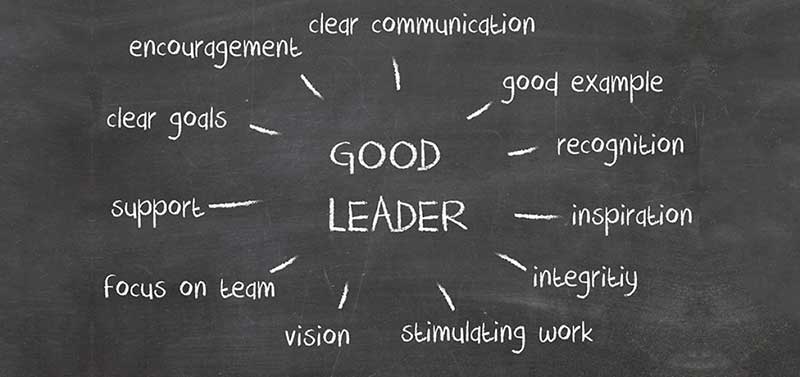Many companies today are struggling with their employees not following the company policies, and disrespecting the law. Culture of compliance is a requirement for most of the companies nowadays, and not only a good thing to have. These programs are undergoing frequent control by regulators, making sure that company leaders create a compliance-promoting culture. To manage employee risk means that a firm compliance program needs to be established since the very beginning.
Thanks to the federal sentencing guidelines, business owners can clearly understand how to create compliance programs for their companies that will lead to the main goal – preventing criminal conduct.
More Than Written Guidelines
The best compliance programs to manage employee risk are containing a description of acceptable actions that employees can do while working for a specific company. One rule-guideline, however, that fits the needs and capabilities of all employees is not enough.
Designing a successful compliance program means that the leaders need to set parameters that include all possible ethical behavior of the employees while creating room to detect and prevent any unethical behavior that can jeopardize the company. The program is more than just written rules that no one reads.
Unethical behaviors can occur from many different reasons, including low or delayed pay, time pressure, risk tolerance, performance issues.
These type of ethical failures can be excused, inside the frame of the compliance program, in case the outcome benefits the company.
A perfect example of this kind of issue is the misreporting of patient waiting times by the employees of Veterans Affairs hospitals across the U.S.
Schedulers from VA hospitals in Texas were misreporting patient wait times to meet VA standards and to obey their supervisors’ orders.
In this case, the misreporting is seen as unethical behavior, but on the other hand, the employees were only following the VA standards.
Now, when creating a compliance program, the company leaders need to make sure that employees know how to have the work done and do their best even when no one is watching.
If employers want to manage employee risk at a high level, this is one of the main things that need to be set and understood by the ones who work at the company. The company’s success starts with personal success and that means that everyone should do their best, even when no surveillance around.
The compliance program should put the employees in a frame of work engagement and expectations that everyone can follow with ease.
When work engagement in one company is at a high level, and when everyone gives their best as if they were the business owners, then you can say that the compliance culture of that company is successful and efficient.
High employee engagement leads to stable company culture. According to a study from Gallup, the meta-analysis shows that companies/sectors that have high employee engagement have a 28% lower chance of internal theft. At the same time, they report 21% higher productivity than companies/sectors with low employee engagement.
High employee engagement shows other positive results too. These include lower absenteeism by 37%, fewer safety incidents by 41%, and 41% fewer chances for a quality defect.
The old-school way to manage employee risk relied on annual training programs for compliance, based on communication, hotlines, and job descriptions. Also, there was a compliance officer who would demonstrate the work commitment and reducing risk.
Today, company leaders need to focus on analyzing compliance data and prepare for actions and rapid program changes before a theft occurs. Illegal actions and unethical behaviors nowadays can be controlled by various new methods, including anonymous reports, group discussions, internal interviews, external benchmarking, focus groups, pulse surveys, and facility visits. Also, reports by clients and other external customers.
Developing a Functional Culture of Compliance
There are five key factors that can help company leaders to communicate the importance of obeying the rules to their employees.
Leadership
The company leaders should set an example of an ethical behavior themselves, to inspire the employees to do their work as agreed. Communicating the rules is not enough and won’t lead to success unless the leaders are the living example of the established culture of compliance of the company. In other words, it’s necessary to follow the rules yourself, if expecting from your employees to do so. It is scientifically proven that employees are most likely to follow the behavioral example of their boss, whether it is ethical or unethical, so setting a good example is a must.
Values and Rituals
Company leaders are the ones who set the values of an organization, however, without the local managers, you can’t expect the employees to do their job according to the written rules unless they have an example to follow. Managers are the ones who need to clearly explain the rules and ethics expected from the employees’ work, and also check on their progress every time that’s needed.
Workplace rituals refer to everyday communication and sharing work stories. Recognizing success and a well-done job, by acknowledging and sharing it as a good example is one of the rituals that can lead to a successful culture of compliance. Also, recognizing outstanding individuals or teams who manage risk successfully can lead to spreading the ethical behavior throughout all the company sectors and increase overall success.
Human Capital
Conversations about compliance should start from day one of the hiring processes. A potential employee should understand the company’s culture of compliance and risk factors from the very beginning, and also get introduced to the basic work ethics and expectations. After employing the workers, they should immediately undergo compliance training, and attend continuous educational programs, various times throughout a year.
Refusing job promotions because of someone’s past bad conduct and compliance issues will send a strong message to the rest of the employees who will understand that the culture of compliance is an integral part of their job position.
Work Teams and Structure
Some companies use internal staff teams for risk monitoring in the company. Cascading compliance data and group feedbacks means that all the company members get involved in the risk management process which allows wider control and shared responsibility. When each company member gets involved in this task, the results are most likely going to be positive for the overall job success of the company, including all the sectors.
Company leaders must include every employee in risk managing tasks if they want to obtain progressive results.
Performance
Performance systems are a key part of every company. These systems need to include clear compliance objectives, accountability structures, as well as programs that include recognition and reward. These systems can improve the culture of compliance and the risk management of any company by recognizing the ethical behavior of the employees.
Company leaders also have to analyze other factors such as deadlines and work targets that can also influence the risk management success of the company.
After all, to manage employee risk, company leaders are obliged to set cleat guidance and communicate it to every newcomer in the company. Also, make sure that every employee attends frequent risk management programs that will include every staff member into building a strong culture of compliance.






